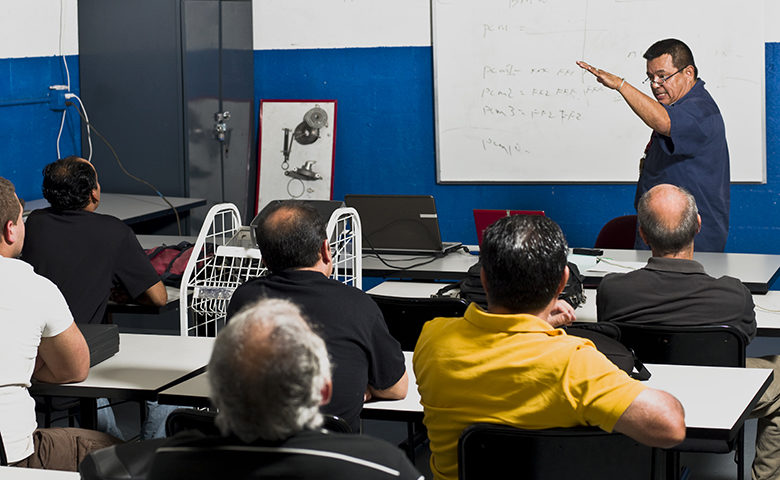Relatively few safety folks have a teaching background or in-depth knowledge of educational best practices, which can work against them as they plan their training sessions.
An article by Pandora Bryce, “What You Need to Know About Adult Learning”, published in Occupational Health and Safety magazine, discusses this subject in detail. It begins with the premise that although most EHS professionals might not have the relevant diplomas or completed courses in adult training, they can adopt effective education and learning principles anyway. As she says:
If EHS professionals want to improve the efficacy of their training sessions, they would do well to pay attention to best practices from the adult learning industry. There are several lessons that translate from educational textbooks to industrial adult learning environments like safety training.
Bryce focuses on the most important aspects of safety education—training environment, learner motivation, social learning, and varied learning activities—discussing each in detail. She also clears up some faulty preconceptions that trainers should be mindful of when they teach, noting the following:
Surprisingly, many employees are relatively unmotivated by reducing their own risk of injury. The majority of workers already believe they’re safe enough, have confidence in their own skills and generally don’t believe that additional safety training will improve their ability to look out for themselves.
Bryce goes on to describe the most common pitfalls and misunderstandings about adult learning and offers some actionable advice on how to improve knowledge retention in safety training.
This article is well worth the time it takes to read and if you’d like to download it and learn more, click here. And although classroom training may not be possible at the moment or needs to be redesigned to allow for social distancing, the premise of the article is relevant now and will remain relevant for years to come.

